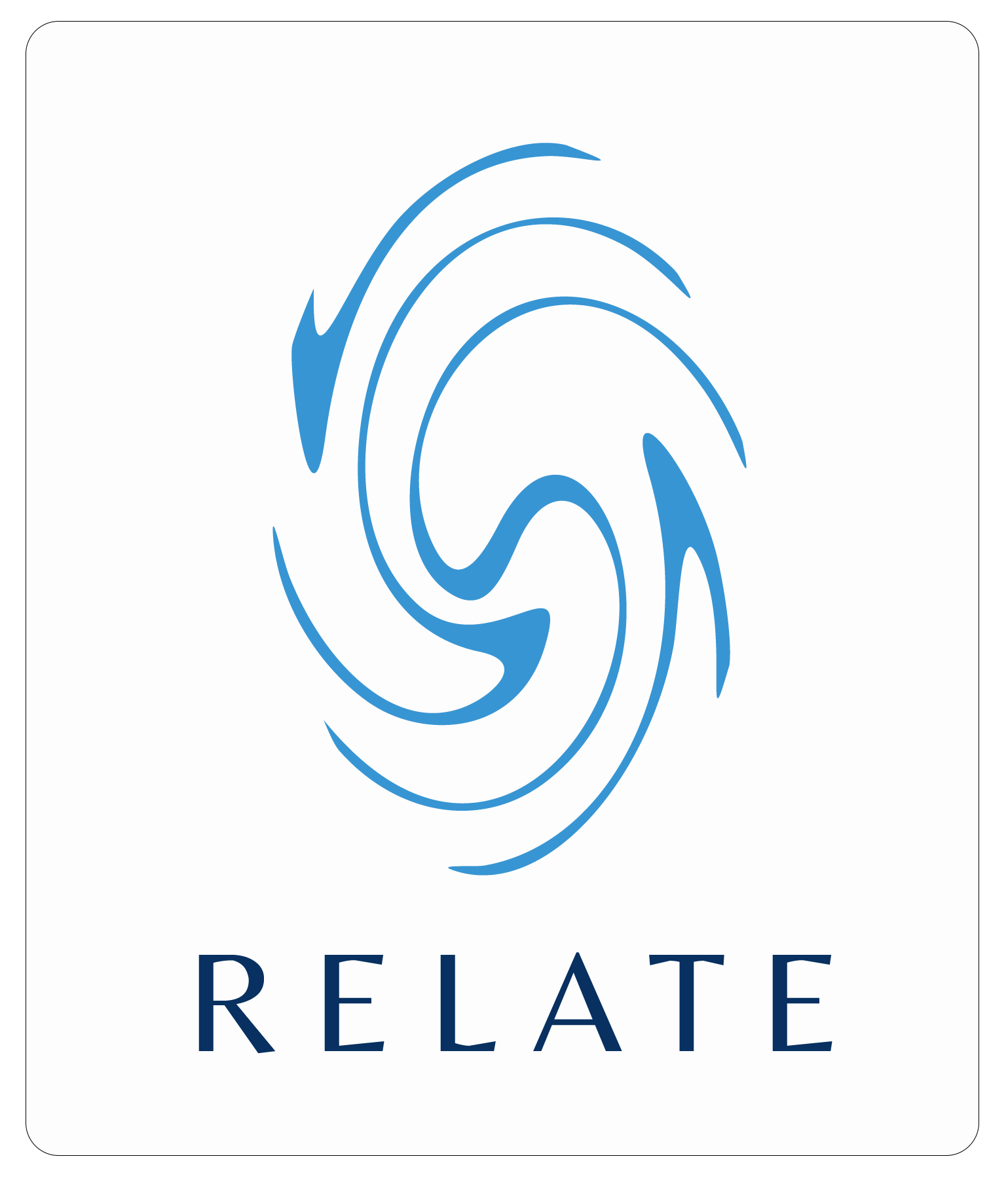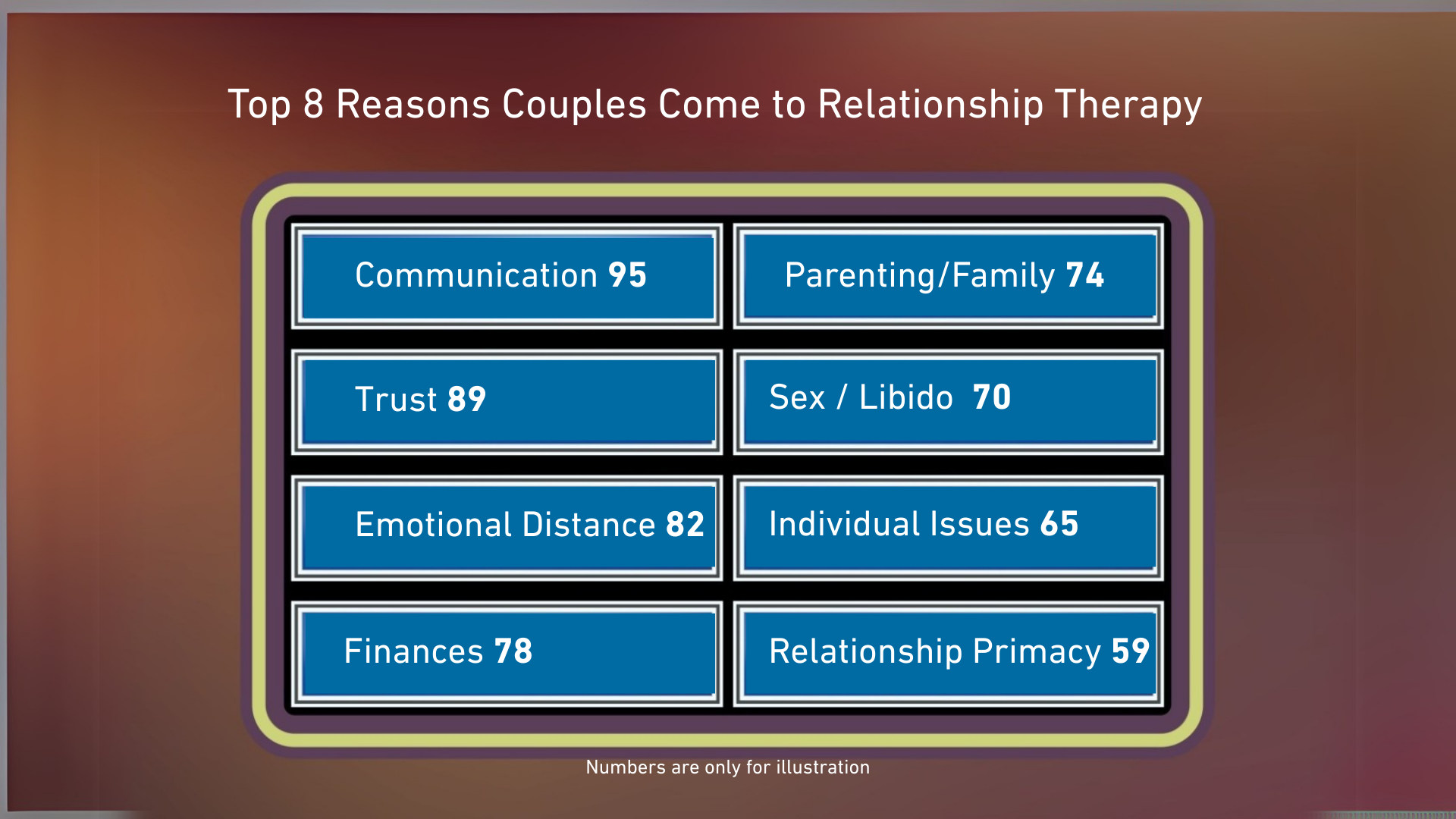Introduction
If you’ve been exploring ways to deepen your effectiveness as a couples therapist—or simply enhance your practice—you’re in the right place. Here, we’ll dive into one of the most pivotal concepts in Presence Oriented Relationship Therapy (PORT): the power of presence. This foundational idea not only unites various therapeutic approaches but also serves as a catalyst for lasting connection between partners.
Why Presence Is the Core of Effective Couples Therapy
When I sought to integrate multiple, seemingly different models of couples therapy—think IMAGO, the Gottman Method, Emotionally Focused Therapy (EFT), and more—I realized that all good couples therapy ultimately aims to increase connection. In order to foster that connection, the primary requirement is presence.
This simple insight led to profound benefits. We developed the Presence Bridge Model to help therapists track a couple’s progress in real time, focusing on what they’re facing in the moment. This focus on presence also provides therapists with greater flexibility in choosing interventions; as long as it increases presence and connection, it’s considered effective.
Introducing the Presence Bridge Model
At its heart, the Presence Bridge Model encourages therapists to view the therapeutic relationship as a “triple bridge”: one between the therapist and each individual partner, and one between the two partners themselves. By continually checking in on the level of connection across these three relationships, therapists can more effectively guide couples toward greater intimacy and mutual understanding.
Focusing on presence allows therapists to integrate their existing skills—whether from IMAGO, Gottman, EFT, or another modality—while progressively adding new techniques. This ultimately helps therapists develop and combine interventions in a way that feels natural and authentic.
The Impact of Presence on Couples
When couples experience high levels of presence during therapy, it can be transformative. Partners often leave the very first session saying, “Wow, I didn’t realize we could connect this fast or this easily!” That’s the power of presence in action.
So, what is presence? In essence, it means being fully engaged and attuned to the moment, both with your client and within the therapeutic relationship itself. It involves empathizing, validating emotions, and helping the couple communicate in a focused, intentional way.
Blending Multiple Approaches for Stronger Connections
In developing PORT, we looked closely at numerous established models:
- IMAGO: Emphasizes active listening through “mirroring,” where partners repeat back what the other says.
- Gottman Method: Encourages therapists to summarize and provide feedback to the couple, reinforcing understanding.
- Emotionally Focused Therapy (EFT): Also uses techniques like summarizing and mirroring to deepen connection.
Despite outward differences, these methods share common processes aimed at enhancing presence and connection. They inspired us to create the Presence Bridge Model, which brings all those foundational elements together under one unifying framework.
Real-Time Tracking of Therapeutic Progress
Presence helps couples track where they stand in the therapeutic process and understand what’s happening in the here and now. It clarifies how partners can accept each other’s bids for connection, communicate more effectively, and easily realign when interactions go off track. Essentially, presence becomes both an intervention and an ultimate goal, enabling couples to reclaim the intentional, intimate bond they once had.
How PORT Elevates Your Practice
Even if you’re an experienced therapist, focusing on presence can offer a sense of mindfulness and deeper self-awareness. If you’re new to working with couples, PORT provides a clear, structured approach that helps you integrate various methods more quickly. By honing these skills, you empower couples to experience profound and intuitive transformations in a relatively short timeframe.
Presence Oriented Relationship Therapy (PORT) is built on the principle that people innately know what presence feels like—even if it sometimes seems elusive. By guiding couples to experience presence more often, we simplify their journey toward deeper, more resilient connections. As therapists, paying attention to the moments when connection feels broken—and using presence to realign partners—allows truly remarkable change to unfold.
If you’re looking to strengthen your ability to foster connection and help couples transform their relationships, consider diving deeper into the PORT framework. Presence isn’t just a concept; it’s a daily practice that can revolutionize the way you approach therapy.
Ready to learn more about PORT training? Stay tuned for additional insights on how to develop your therapeutic presence and help couples achieve lasting change.




